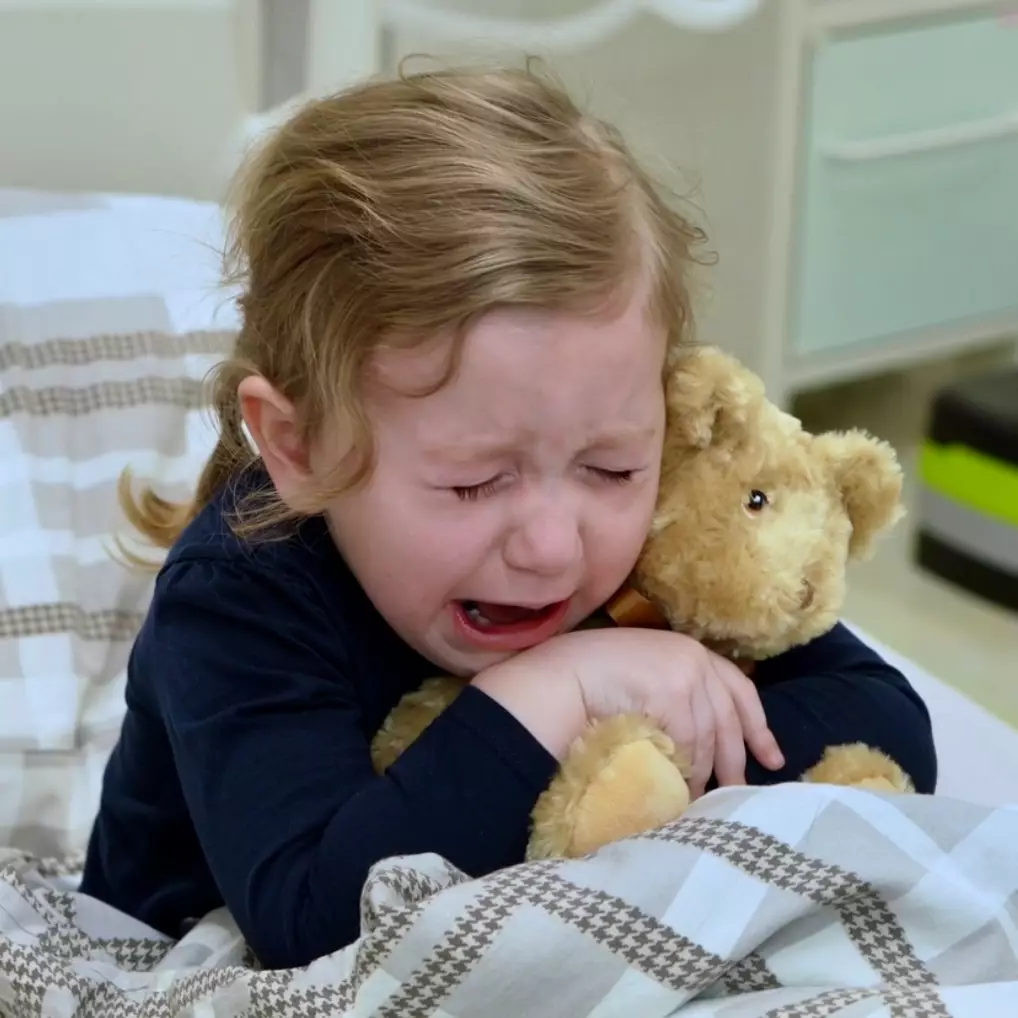Emergence delirium
Up to 80 % of paediatric patients may develop emergence delirium after recovery from general anaesthesia. The following algorithm is based on the current knowledge of this not yet fully understood postoperative complication, which may harm your patient. Can you identify and respond appropriately to this condition?
Review
Emergence delirium (ED) in children is characterized as a state of psychomotor agitation accompanied by a complex of perceptual disturbances. It may occur shortly after general anesthesia or persist for a longer duration. For the diagnosis of ED, the use of the PAED score is recommended. In differential diagnosis, it is primarily essential to distinguish ED from untreated pain in the child. If ED is diagnosed, appropriate treatment and monitoring of the child are necessary. In terms of prevention, focus should be placed on both pharmacological and non-pharmacological strategies.
The presented educational algorithm provides a clear overview of the entire issue of ED, starting with risk factors, the impact of the type of general anesthesia on ED, and the diagnostic process. The video illustrating a child with ED is considered an excellent addition. A portion of the algorithm is devoted to the treatment of ED, and the options for pharmacological and non-pharmacological prevention are emphasized in the conclusion.
I consider the algorithm dedicated to pediatric ED to be very well-developed and evaluate it as a beneficial and highly useful resource in anesthesiology practice.
Sources
KLABUSAYOVÁ, E., MUSILOVÁ, T., FABIÁN, D., SKŘÍŠOVSKÁ, T., VAFEK, V., KOSINOVÁ, M., ŤOUKÁLKOVÁ, M., VRTKOVÁ, A., KLUČKA, J. and ŠTOURAČ, P. Incidence of Emergence Delirium in the Pediatric PACU: Prospective Observational Trial. Children. 2022, vol. 9, no. 10, p. 1591. DOI: 10.3390/children9101591. ISSN 2227-9067. Also available from: https://www.ncbi.nlm.nih.gov/pmc/articles/PMC9600633/
Learning targets
2. The student is capable of assessing emergence delirium using the PAED score.
3. The student has a solid understanding of the prevention and treatment strategies for emergence delirium.
Key points
2. The PAED score is the most reliable tool for assessing emergence delirium.
3. In cases of postoperative agitation, it is important to differentiate between inadequate analgesia and the development of emergence delirium.





